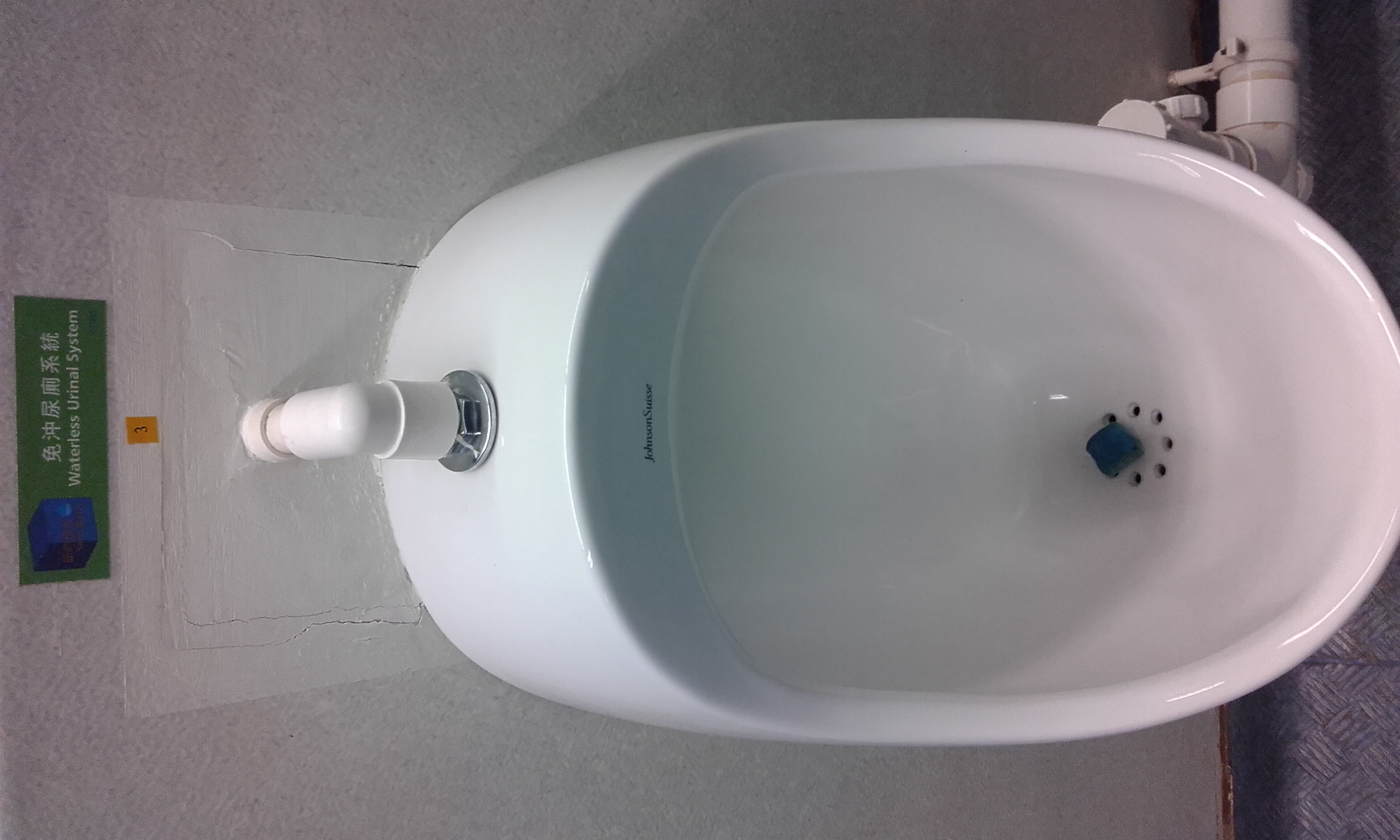Urinal deodorizer block on:
[Wikipedia]
[Google]
[Amazon]
 Urinal deodorizer blocks (commonly known as urinal cakes, urinal cookies, urinal biscuits (or jocularly piscuits), urinal donuts, toilet lollies, trough lollies, urinal pucks, toilet pucks, or urinal peons (alternately urinal pee-ons)) are small
Urinal deodorizer blocks (commonly known as urinal cakes, urinal cookies, urinal biscuits (or jocularly piscuits), urinal donuts, toilet lollies, trough lollies, urinal pucks, toilet pucks, or urinal peons (alternately urinal pee-ons)) are small
 The chemicals composing the block vary. The original formulations were based upon
The chemicals composing the block vary. The original formulations were based upon
 Urinal deodorizer blocks (commonly known as urinal cakes, urinal cookies, urinal biscuits (or jocularly piscuits), urinal donuts, toilet lollies, trough lollies, urinal pucks, toilet pucks, or urinal peons (alternately urinal pee-ons)) are small
Urinal deodorizer blocks (commonly known as urinal cakes, urinal cookies, urinal biscuits (or jocularly piscuits), urinal donuts, toilet lollies, trough lollies, urinal pucks, toilet pucks, or urinal peons (alternately urinal pee-ons)) are small disinfectant
A disinfectant is a chemical substance or compound used to inactivate or destroy microorganisms on inert surfaces. Disinfection does not necessarily kill all microorganisms, especially resistant bacterial spores; it is less effective than ...
blocks or tablets that are added to urinals. As these products originally contained para-dichlorobenzene (pDCB) they may also be called para blocks. Besides disinfecting, the purpose of these materials is to deodorize restroom urinals. They are placed above the urinal drain, often in the confines of a small plastic device called a ''urinal screen'' that prevents loss down the drain when they dissolve down to a small size.
Chemistry
 The chemicals composing the block vary. The original formulations were based upon
The chemicals composing the block vary. The original formulations were based upon naphthalene
Naphthalene is an organic compound with formula . It is the simplest polycyclic aromatic hydrocarbon, and is a white Crystal, crystalline solid with a characteristic odor that is detectable at concentrations as low as 0.08 Parts-per notation ...
and then later para-dichlorobenzene, both now known to be hazardous to health by inhalation. In some areas, the use of para-dichlorobenzene-based blocks has been banned; in other areas para-dichlorobenzene blocks or "para blocks" are still used. Para-dichlorobenzene- and naphthalene-based blocks do not readily dissolve in water/urine, but easily sublime into the air, creating a sickly-sweet odor that has anti-microbial effects.
Many urinal blocks are now para-dichlorobenzene and naphthalene
Naphthalene is an organic compound with formula . It is the simplest polycyclic aromatic hydrocarbon, and is a white Crystal, crystalline solid with a characteristic odor that is detectable at concentrations as low as 0.08 Parts-per notation ...
free; these water-soluble alternative blocks are made from a mixture of fragrances and surfactant
Surfactants are chemical compounds that decrease the surface tension or interfacial tension between two liquids, a liquid and a gas, or a liquid and a solid. The word ''surfactant'' is a Blend word, blend of "surface-active agent",
coined in ...
s (normally quaternary ammonium compounds),
which offer some active cleaning and antibacterial efficacy. The new water-soluble blocks improve the cleaning of the pipes which helps to reduce odor. Some recent formulations also include bacterial spores which, coupled with the surfactant cleaning power, can more completely get rid of odors and blockages caused by the buildup of solids in the traps and pipes. Some manufacturers claim that these "biological blocks" can enable completely no-flush waterless urinals to be fitted.
Some urinal blocks also have enzymes added to help digest buildup within pipes.
Autoflush and/or ice
Ice is water that is frozen into a solid state, typically forming at or below temperatures of 0 ° C, 32 ° F, or 273.15 K. It occurs naturally on Earth, on other planets, in Oort cloud objects, and as interstellar ice. As a naturally oc ...
are sometimes used as alternatives.
See also
*Air freshener
Air fresheners are products designed to reduce unwanted odors in indoor spaces, to introduce pleasant fragrances, or both. They typically emit fragrance to mask odors but may use other methods of action such as absorbing, bonding to, or chemically ...
* Toilet rim block
References
{{DEFAULTSORT:Urinal Deodorizer Block Hygiene Toilets Cleaning products Urinals de:Klostein nl:Toiletblok pl:Kostka toaletowa